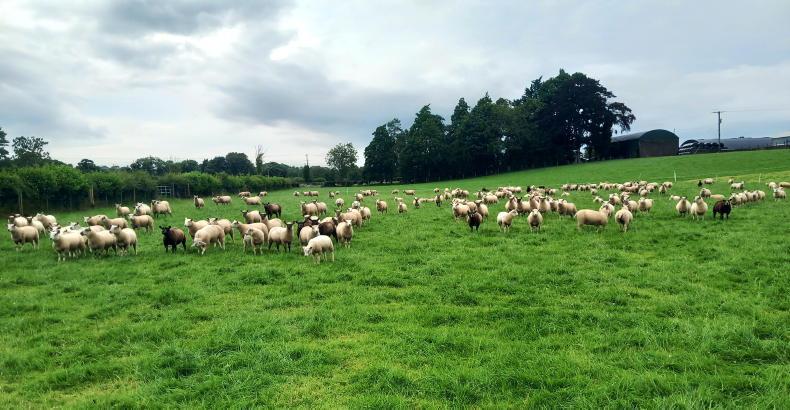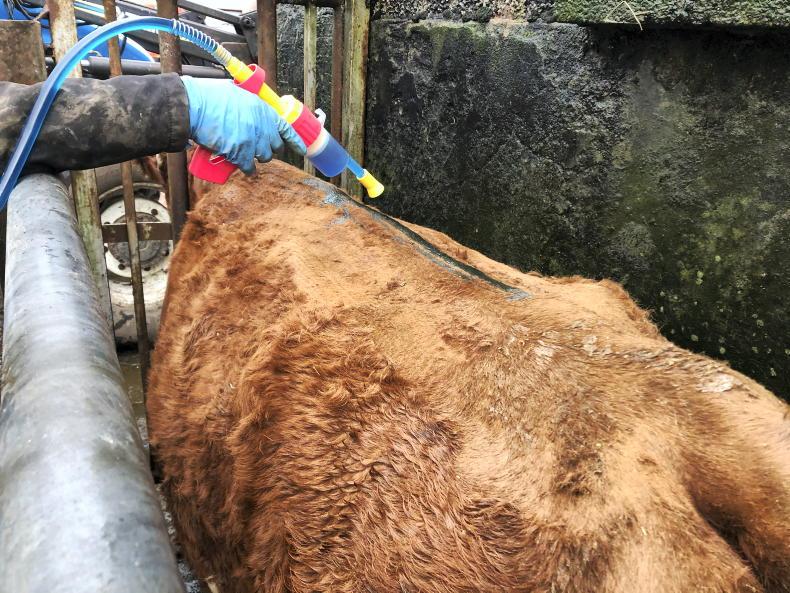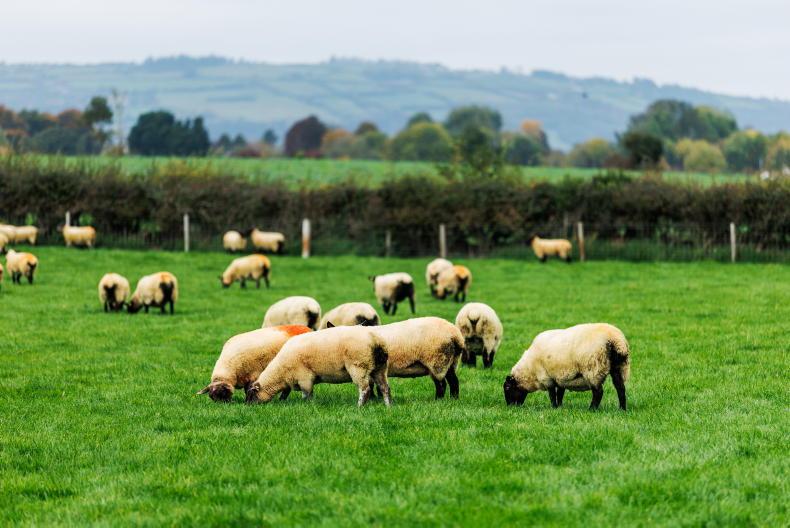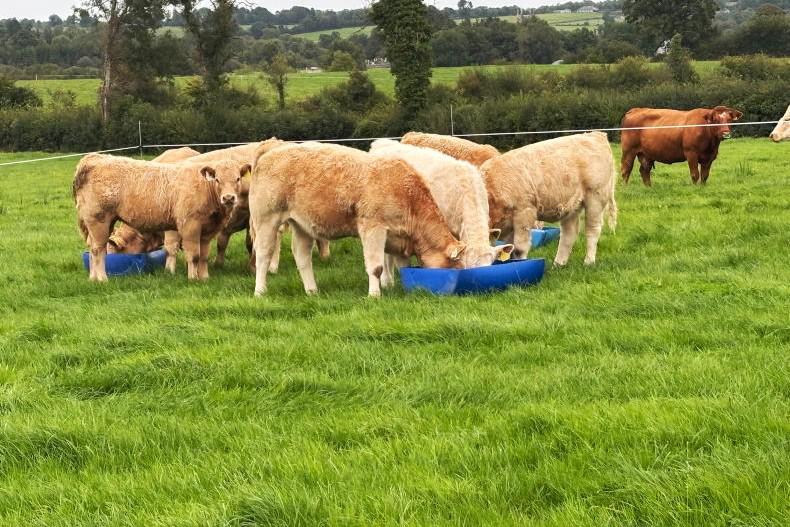Beef Welfare Scheme Details:
There isn’t a huge amount of change to the 2025 Beef Welfare Scheme announced this week. The main element of the scheme will remain based on creep-feeding of calves pre- and post-weaning. This mandatory action will be paid at a rate of €35/calf.
Farmers can opt for additional actions. The first of these includes clostridial disease or pneumonia vaccination. The payment for completion of this action is €15/calf. There is a new component to the scheme in 2025, allowing farmers to draw down an additional payment of €25/hd. Farmers can select between two options. The first of these is carrying out analysis on a minimum of three silage samples or two faecal egg samples. This brings the total potential payment to €75/cow and payment will be based on a maximum of 45hd. This brings the total maximum payment to €3,375 up from €2,000 in 2024.
Farmers can apply for the 2025 Beef Welfare Scheme in August 2025, but are advised if selling weanlings born after 1 July 2024 that all actions are completed before they are sold. This includes weighing and vaccination.
Basic Payment Scheme Application:
With so much work around yards in recent weeks, office work can lag behind. Make sure to give your BPS application the time it deserves. With the application deadline of 15 May fast approaching, you need to sit down and make sure all details are correct on the form and the maps.
Tetany: Wet weather and unsettled cows at grass can increase the likelihood of tetany occurring. Make sure that measures to prevent tetany are continued for the next few weeks. I have heard of cows going down in the last few days.
Boluses or feeding CalMag are the only fail-safe way of ensuring that cows will get sufficient magnesium to prevent tetany. Licks will also be a help, but it’s hard to guarantee intakes.
Coccidiosis:
Keep an eye out for coccidiosis infection in calves. Wet weather has meant there is an increased risk indoors where bedding material is scarce and it will also be a risk if cows and calves are outdoors feeding around dirty troughs. It usually presents itself with a black/mucus scour.
Infected calves will often appear to be pressing or straining. It can occur in calves from three weeks to about nine months of age and infected calves can excrete large amounts of oocytes. These infected calves then infect other calves in the group very quickly. Changes in weather, stress or other disease burdens can all affect how hard the disease hits calves. In terms of treatment, there are oral doses on the market with the dose rate based on the weight of calves.
Sulfadimidine powders are also sometimes prescribed to aid in the treatment process. Sick calves can become dehydrated quite quickly so fluids may need to be given to very sick calves. If you have to treat some calves in a group, you are probably better to treat the entire group as their risk of infection will be a lot higher.









SHARING OPTIONS